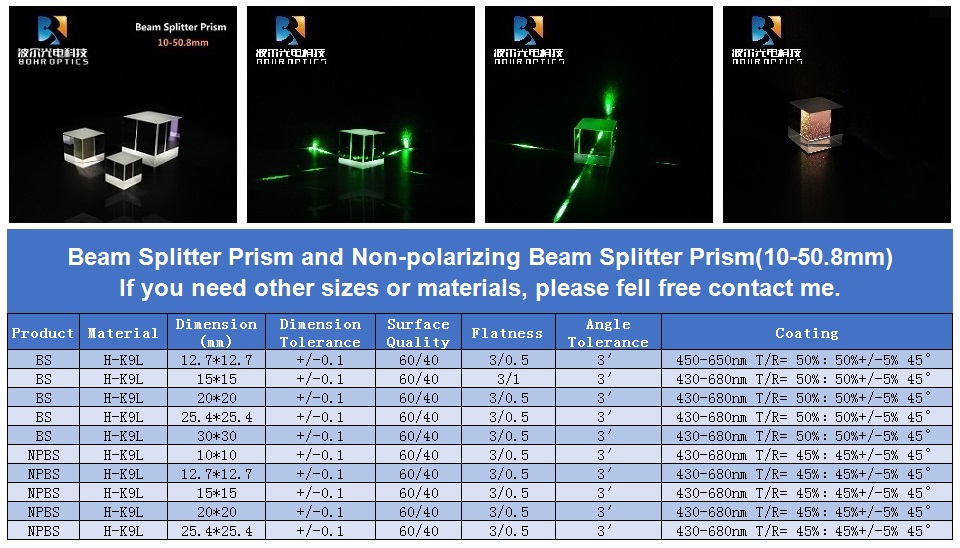After the intensive mid-term performance peak in August, investors should grasp the relatively idle time in September, and search for treasures from a number of performance stocks to find the missing fish. SMIC (00981) recently announced its interim results for 2017, recording revenue of $1.544 billion, an increase of 16.6%, a record high. The increase in revenue was mainly due to the increase in wafers shipped during the period. The number of wafers shipped increased by 17% from 1.803 million 8-inch equivalent wafers as of the end of June 2016 to 2.11 million 8-inch equivalent wafers as of the end of June 2017. In addition, 28nm revenue increased to 5.8% of total wafer revenue, an increase of 13.8 times. During the period, the gross profit was US$415 million, an increase of 11.7%, which was also a new high. The increase in gross profit was mainly due to the increase in wafer shipments during the period. However, due to the decline in the use of fabs, the Group's gross profit margin fell from 28.1% to 26.9%. Operating profit decreased from US$182 million at the end of June 2016 to US$99 million as of the end of June 2017, mainly due to the increase in advanced technology research and development activities in the first half of 2017. R&D expenses increased by 85% to US$219 million, from 8.9% of turnover to 14.2%. The amount of R&D expenses is directly related to the future growth potential of technology companies. The Group's substantial increase in R&D expenses is believed to help increase future growth. General and administrative expenses are another increase in spending, which increased by 53.5% to US$93.6 million from US$61 million at the end of June 2016, due to 1) the Group acquired in Avezano, Italy, in July 2016. The general and administrative expenses of LFoundry Srl for most of the shares, 2) the start-up costs for new projects in Shenzhen, and 3) the increase in expenses arising from the payment of equity-paying transactions. The Group also changed its capital expenditure use. The planned capital expenditure of the foundry business in 2017 was approximately US$2.3 billion, subject to adjustments based on market conditions. Capital expenditures are mainly used for: 1) expansion of Beijing 300mm fabs with majority interests, Beijing 300mm fabs and Shenzhen 200mm fabs, 2) new projects in Shanghai and Shenzhen, and 3) expected to have most of the capital expenditures The equity joint venture will focus on R&D of 14nm FinFET technology, 4) increase the full range of OEM solutions available to customers, and 5) R&D equipment, masking workshops and acquisition of intellectual property. The Group's future capacity plans are to reduce capital expenditures and expand production capacity of 8å‹ and 12å‹. Due to the increase in research and development expenses and other expenses, the net profit of the Group fell from US$146 million to US$97.5 million. In fact, the Group's performance in mid-2017 was good and its revenues were record high. The revenue guidance for the third quarter of 2017 was flat to 3%. Looking ahead, the Group will continue to expand production at 28 nanometers, which is expected to become one of the main growth drivers of SMIC. The 28-nanometer revenue increased 12-fold year-on-year and 25.1% quarter-on-quarter in the second quarter of 2017. It is expected that its revenue contribution will reach a high single digit in the fourth quarter of this year. In addition, the performance of fingerprint identification chips and flash memory will increase in the second half of 2017. The Group will continue to work closely with its customers to explore opportunities in the new mobile, Internet of Things, automotive and industrial sectors. The Group's revenue target in 2017 is currently growing at a medium-to-high-per-year basis, which is in line with the growth of the foundry industry. It is believed that its performance will improve and it is worthwhile.
The beam splitter is mainly used to divide the incident beam into two beams of light with a certain light intensity ratio, transmission and reflection. The beam splitter is usually always used tilted, it can easily separate the incident light into two parts of reflected light and transmitted light. If the reflected light and the transmitted light have different spectral components, or different colors, this kind of beam splitter is usually called a dichroic mirror. If one beam of light is divided into two beams of the same spectral composition, that is, in a certain wavelength region, such as the visible light region, the transmittance and reflectance ratio of each wavelength are the same, so the reflected light and the transmitted light are neutral. This kind of beam splitter is called a neutral beam splitter. Neutral beamsplitters with a 50/50 transmittance and reflectance ratio are most commonly used.
Optical Beam Splitter,Optical Beamsplitters,Beam Splitter Glass,Custom Optical Beamsplitters Bohr Optics Co.,Ltd , https://www.bohr-optics.com